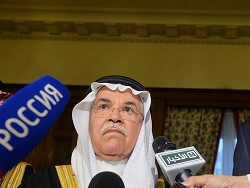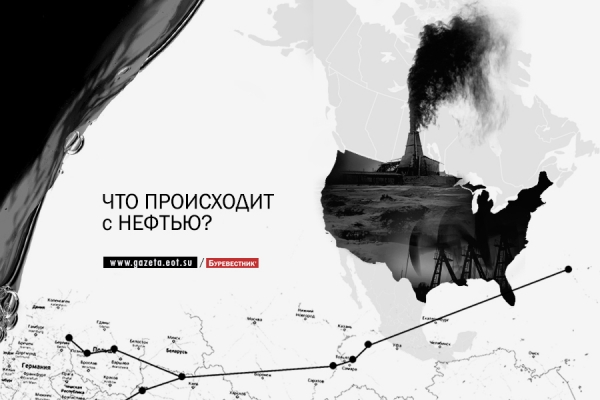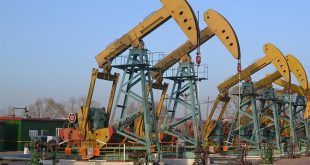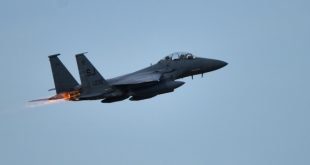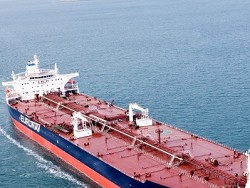
Since the summer of last year the market has sparked controversy about whether Iran after removal of sanctions quickly enough to increase production or because of the lack of necessary funding and infrastructure that would take too much time. Now everything falls into place.
In addition to talking about the production was repeatedly cited the tanker, standing on pier off the coast of Iran. They seem to have been filled with oil to the brim and waited. And now, it seems, the hour has come.
According to Bloomberg, during the first two weeks of April in the tanker, which contained 28.8 million barrels, left the country’s ports in the Persian Gulf. As a result, the supply of crude oil from Iran increased by more than 600 thousand barrels per day. Thus, on the eve of the meeting of oil producers in Doha, scheduled for April 17, Tehran once again poisoning the atmosphere.
By the way, if the figure of 600 thousand barrels per day is correct, it almost completely coincides with the decline in production in the USA compared to the highs.
So where Iranian oil goes? According to Bloomberg, most of the hydrocarbons are sent to China, and that China will become the biggest buyer of Iranian oil. In addition, after the break in March is resumed shipments to Japan.
By the way, Iraq and Nigeria are now experiencing temporary difficulties with its oil supply, than, apparently, Iran is actively replacing them. We will add that in the report the IEA reported that Iran and Nigeria reduced output by 90 thousand barrels per day.
Thus, we essentially confirmed the views of the IEA, which recently called to forget about output cuts at OPEC, saying that the balancing market will occur by reducing production outside the cartel, primarily in the U.S., however, if oil prices will not grow too high.
There is another logical question. If Iran even in the current environment is capable of virtually single-handedly to make up for the decline in production in the USA, why almost all large participants of the market speak so confidently of the occurrence of balance in the market in the second half of the year?
And, of course, the experts kept asking, what will begin to happen with the enormous oil reserves that are stored in floating storage around the world, when intervention finally blown away.
Recall that in late March, experts of Deutsche Bank said that soon, traders will start mass unloading of oil stored at sea. But the process (including sales) can take months, so its influence on rates is a separate issue.
On the global oil market may be a new factor capable of exerting pressure on the quotes. According to estimates of Deutsche Bank, in the foreseeable future from tankers on to land moves 31 million barrels of oil for the purpose of selling.
The fact that the market disappears, the effect of contango. The cost of long-term futures of crude oil exceeded the cost of short: it was profitable to hold the raw material in a floating storage and sell it later. Now things are changing.
Rental rates for tankers and cargo insurance is gradually increasing. Brent crude oil, in contrast, rested to a temporary ceiling. Experts at Deutsche Bank believe that traders who failed to sell oil stored at sea, you start to get the loss in July of the current year.
The Bank estimates that the total volume of oil stored on tankers, is 157 million barrels. 31 million barrels, which could be implemented is 20% of the indicated volume. According to the German Bank, will sell on the principle of last in first out: first of all traders will get rid of the most expensive oil purchased from the beginning of February at the current moment.


